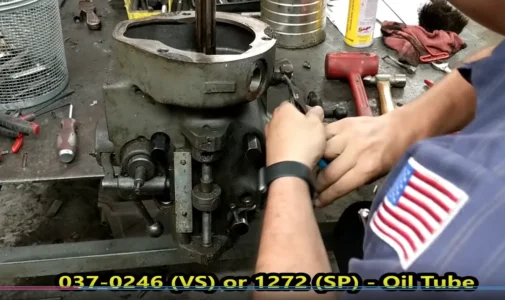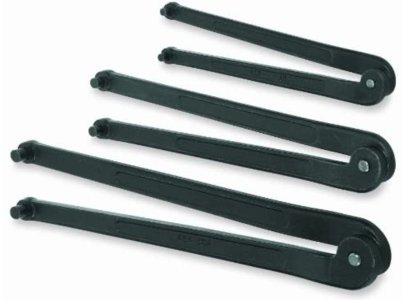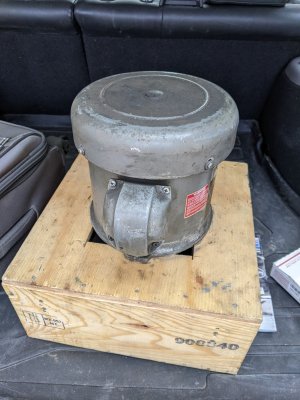Where does that oiler go on your mill? There is an oiler on my bull gear but it doesn't have a long snout like that. It seems like it only drips oil onto the teeth of the meshed gears and does not supply the bearing.
The H&W videos that I have watched recommend grease instead of oil. So if that is for the bull gear, they say you don't need it anymore.
Elsewhere I saw them say that using grease as per their procedure means oil is no longer required.
Others here have also advocated grease instead of oil.
I dunno. I'll prolly oil the spindle and just use grease for the bull gears.
But frankly, I'd keep in mind that I'm a newbie at all this if I were you. I don't have the experience that others do so I'm forced to choose what makes the most sense to me.
Choices are a good thing. Wise choices are an even better thing!
Last edited:



